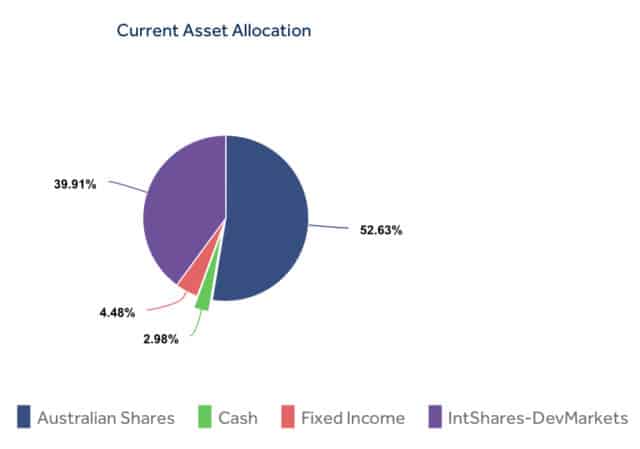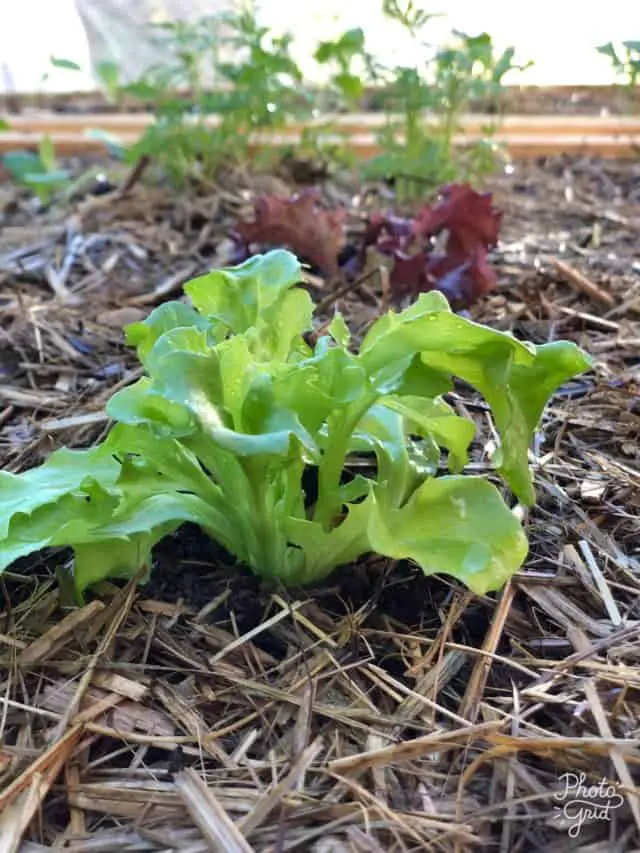
In the personal finance community, we often read and write about delayed gratification. We choose to pay off our debt and are big on saving for the future; having a nest egg for our retirement, early or otherwise.
We weigh our intentions to purchase carefully – do I really need this? Is it something I truly value? How will it add value to my life?
This increased mindfulness on my spending habits is great – it allows me to spend money on what I value as I struggle with frugality.
However, sometimes I worry that we work so hard at saving for our future that we deny ourselves happiness and fulfilment in the present. I worry that not only are we saving up our money to use in the future but we are also saving up (read … delaying) our happiness – waiting to experience joy and happiness in the future when I … (fill in the blanks).
Since discovering FIRE, I have tried to balance the two – it is absolutely crucial to save for my future self but it is equally important to be happy and fulfilled now. If that means I have to spend some money exploring and pursuing activities that bring me joy now instead of waiting until I reach FI and retire, then I am OK with it.
A case in point is my foray into gardening recently, specifically a vegetable garden.
Gardening
Gardening is one skill that I admire in others but alas, a skill that I sorely lack! After all, I can kill parsley. And even my mint, which everyone tells me grows like a weed is attacked by something hungry.
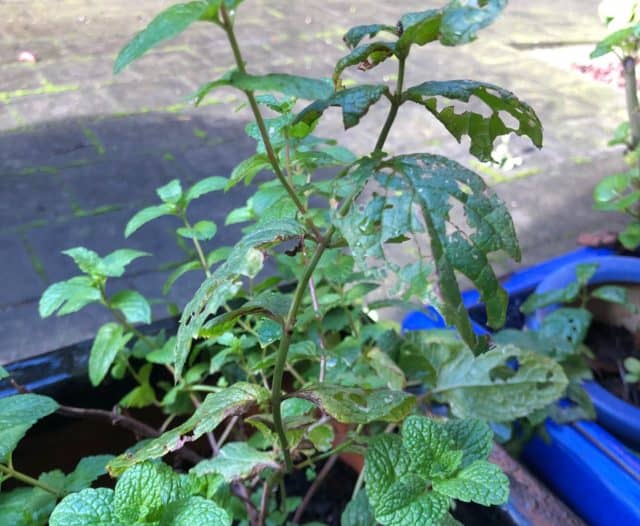
I love beautiful gardens – somehow the natural beauty of flowers and foliage appeal to me greatly. I am often distracted in my walks around the neighbourhood by other people’s thriving gardens. And often stop to admire a plant or flower or landscape design.
But more than that, I have always wanted a vegetable garden. I want to eat veggies fresh from a garden, grown by myself so I know exactly what has been used to grow them. I always have this romantic vision of harvesting my veggies just before I cook them into some sensational dish.
When I first moved into my own home, I was initially excited to research what plants I can grow. I don’t have much space so I need to be sure the plants are right for the conditions. I was so disappointed that there wasn’t a suitable area to plant a vegetable garden. My home is shaded by other buildings or trees on neighbouring properties. Vegetables need sunny exposure.
And gardens need love and time …
Both of which I am sad to say, I did not have to bestow. I was too busy working. Soon, I could not keep up. And in order for my garden not to look neglected and attract complaints from neighbours, I hired a gardener. Who did a brilliant job of maintaining the garden.
I soon lost interest – so long as my plants are healthy and flowering, I am satisfied. Besides, I hardly spend any time outside – I am embarrassed to say that my sliding door to the backyard was stuck for years. Every now and then, I was happy to look outside and enjoy seeing my flowering camellias or clivias.
I told myself that I would learn how to garden when I retired. That I was too busy earning a living, that my spare time was too precious to spend in the garden. Once again, just like my finances, I relegated gardening to the too hard basket and life drifted on.
Then I discover FIRE …
and start exploring why I want to achieve financial independence and retire early. And quickly arrive at the conclusion that I should explore activities now before I retire instead of just working hard towards a future goal. I don’t want to arrive at retirement, exhausted and burnt out.
Plus after tracking my expenses for a year, it surprises me that my gardener’s fees and new fences and new plants last year is one of my highest spending categories.
So I now decide that I need to be more hands on with doing some maintenance myself and slowly cut back on my gardener.
But dare I dream of a vegetable garden?
Once again, I look around my garden and lament the lack of a suitable spot for a vegetable garden. I whinged to a friend who took a minute to think laterally then suggested – ‘how about the front of the house? You do get some sun exposure out the front.’
I was stunned. Not once in the sixteen years since I moved in, have I ever considered the front of the house. Never, ever. You don’t plant vegetables in front of your house! Everyone knows that! I do have a rosemary bush near my front door. My neighbour once commented that it was a strange place to plant rosemary, so goodness knows what she thinks of a vegetable garden at the front of the house.
So … now the question arose – should I pursue this possibility? Dare I pursue this possibility?
Raised garden beds – wicking beds
The area in question where my friend suggested for a veggie garden can best be described as a parking spot for a visitor’s car, situated between the neighbouring unit and mine. The space belongs to me so there is no question of objection from my neighbour.
Because the area is concreted, I need raised garden beds – with a ‘floor'(base). There are so many available on the market these days. And thanks to increased apartment living, there are many smaller units designed for balconies.
Then I discover the existence of wicking beds – a real game changer! It is basically a raised garden bed with a water reservoir at the bottom and soil at the top to grow the vegetables. The roots ‘wick’ the water up from the reservoir when they need it, much like when you put the tip of a paper towel in water and water ‘wicks’ up the paper towel.
The water reservoir needs filling once a week only (and not even this much when it has been raining these wintry months) with excess water draining out of the overflow outlet.
This literally solves my anxiety of having to water my veggies daily. I usually come home from work late at night and just want to hole up inside.
The cost of establishing a vegetable garden
This is after all a personal finance blog so yes, the costs matter 🙂
Once I decide a wicking bed is my veggies’ best chance of survival, it’s a matter of deciding whether to buy a fully installed one or build it from scratch.
Since I do not have a DIY bone in my body (another skill that I will have to learn) and reading about all the things that can go wrong with making your own wicking bed, I decide to buy a fully installed one.
But if you want to make your own, feel free to check this out.
I bought 2 beds – 1.2m x 1.2m and 600cm x 1.2m, fully installed – ie they deliver the beds and set up the water reservoir with lining, scoria, soil and compost, fully ready for planting veggies. In addition, I got them to install a system whereby I can throw over a net to keep out birds and the dreaded cabbage moths that can decimate my plants.
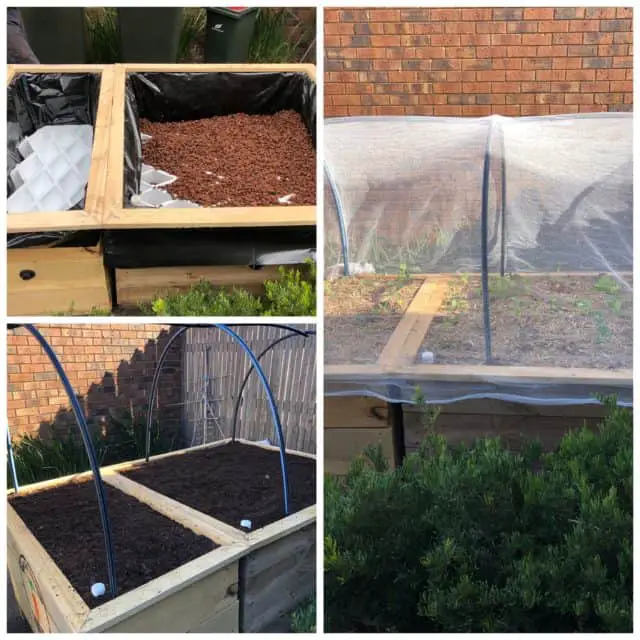
I bought and planted the following: broccolini, cauliflower, beetroot, carrot, snow peas, lettuce, boy choy and chinese cabbage (wombok). Plus I had sprouting garlic and spring onions so planted those too.
Wicking beds with netting, set up and installation – $940
Vegetable seedlings – $35
So total cost – $975
While it has not been cheap to set up, another friend who is way more experienced in gardening and who has set up wicking beds from scratch reckon that it was a good deal as I saved a lot of heartache and time. Specifically of hauling bags of potting mix, compost and manure needed to fill the beds; and if not set up properly, the pain of uprooting plants, shovelling soil etc to get to the water reservoir to fix piping or blockage etc. All of which she has done and swear never again!
I did save on delivery fee ($65) as they had a Mother’s Day promotion.
And the proof is in the pudding, right?
After just 5 weeks …
So, to be clear, the only maintenance I do after planting the seedlings is add water at the inlet pipe once a week and water with a liquid seaweed treatment (2 – 3 caps of Seasol in 9L water) every fortnight. How simple is that? Even a black thumb like me could cope with it.
And the results? Speak for themselves, don’t you think?
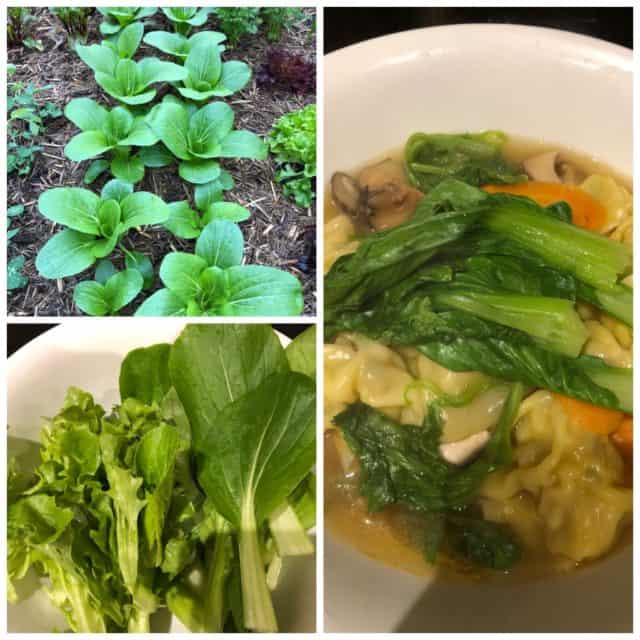
Yay, success! Finally, I have tasted veggies planted by myself! And drumroll please … they were sensational, haha! Crisp and sweet.
Final thoughts
I did initially balk at the set up and installation cost of the wicking beds. But I really am not a DIY person at all. And traditional beds (which would have been much cheaper to set up) require too much effort and time to maintain – not the right ‘season’ for me at the moment. Plus I am not much of a gardener.
But the JOY(!!!) it has brought me and my close friends is immeasurable – we have all oohed and aahed over the weekly progress, waiting with bated breath to see if the seedlings will establish. Who knew seeing veggies grow would be so fulfilling and rewarding and just … delicious?
I am so very glad that this project has not turned out to be a disaster. It was and still is a big experiment. It is early days, after all.
What I am most happy about is that I did not delay this experiment until I retired – I would have missed out on so much anticipation, excitement and happiness! The other side benefit? It forces me to go outdoors more often – the veggies need a daily inspection!
I look forward to many more happy times of planting and eating my veggies, of watching them grow and be productive.
Have you started any hobbies or projects now instead of waiting until you retire?


